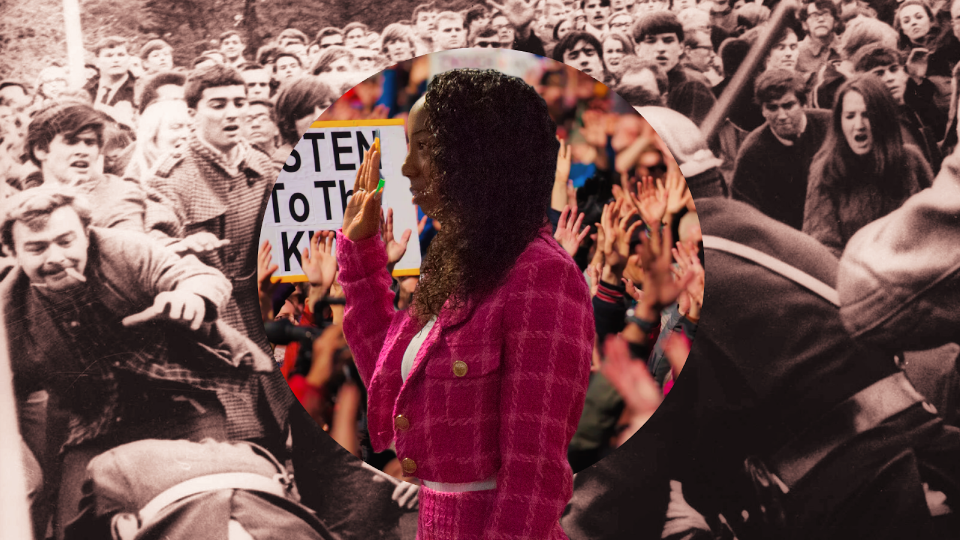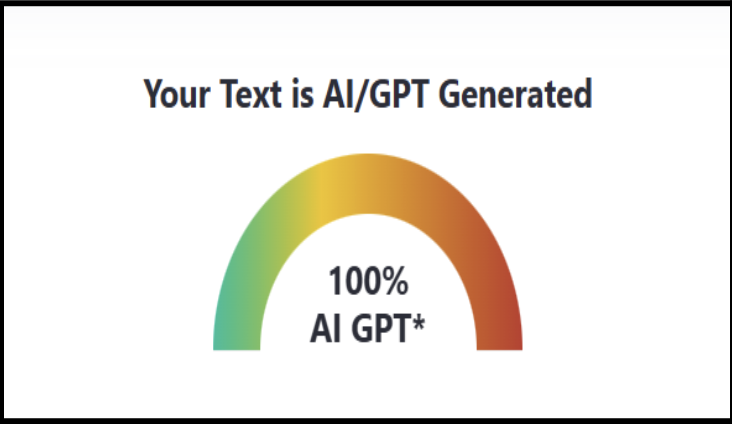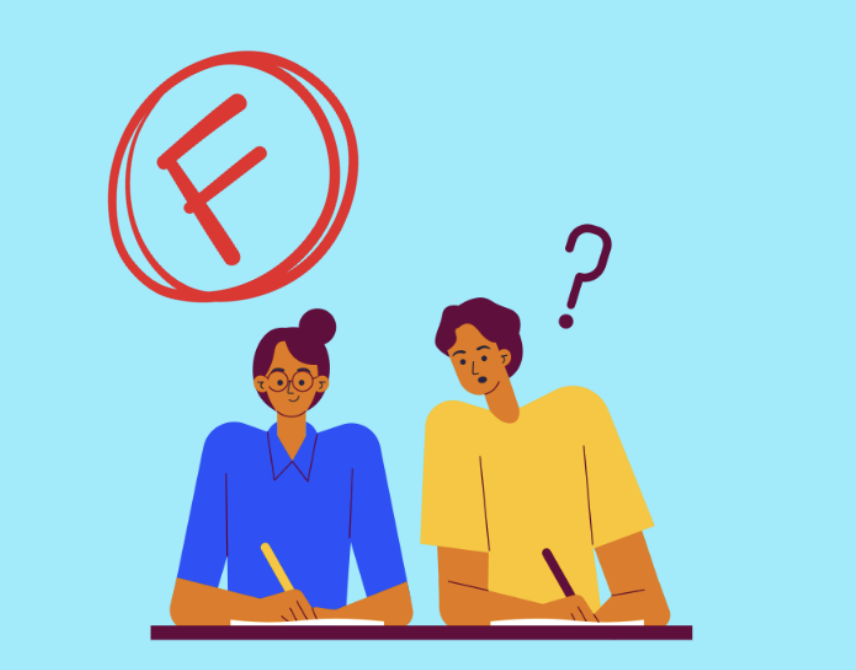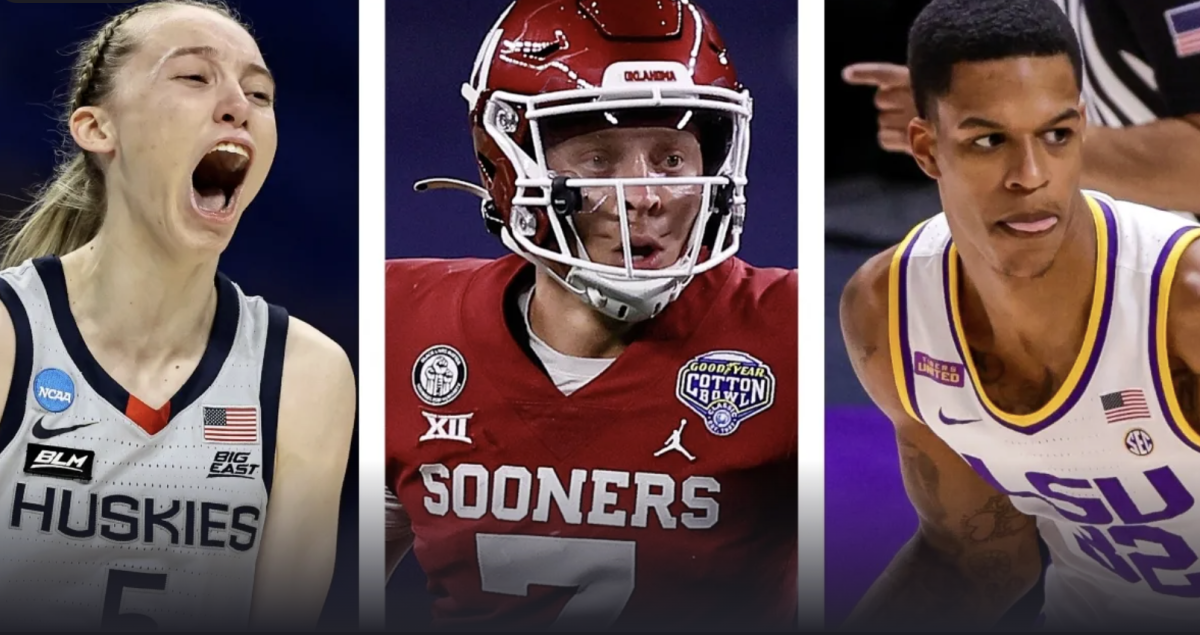The LVUSD school board has roughly $110 million for its 11.5 thousand students, of the board members who decide its allocation, none are students. This lack of representation deeply impacts students’ rights and the role of youth in democracy itself. Its national negligence is detrimental to educational progress.
Teenagers are underestimated, they are merely statistics for the creation of economically productive citizens. This is evident from how school districts function. 18+ year-olds elect school board members, meaning most high school students will never get a say in who represents them, with the members they elect being, on average, 51 years old. The school board then usually goes on to appease parents and burden the student. Students who live bearing the brunt of board policies have more right to vote than any adult, politicizing what should be a shrine to students’ rights and quality education.
Critics argue that students do not have the motivation to vote and that these teenagers would be incompetent at roles of management, this is a fallacy. Teenagers are more open-minded and share identical intelligence to their adult counterparts, they may not have the wisdom of age, but every demographic succumbs to political lies. If a 16-year-old voter makes an ill choice, that’s a consistent trend across the entire population, not an exception from youth. Yet unlike older demographics, students know their schools better than any adult who can vote, students know the change they want to see.
There is promising progress. Some districts have allowed 16-year-olds to vote in board elections, such as Jersey City which reduced the school board voting age to 16 a few months ago. 35 states allow students to be on school boards, and in California, where it has been legal since 2016, 64% of eligible school districts have a student on their board. Students on a school board can vote, but that vote is nothing more than a trinket because it is a preferential vote that is recorded but not counted, seen but not heard. LVUSD utilizes this, having 2 students with preferential votes appointed (Ella Walsh AHS and Leighton Westerberg CHS), decent progress, but a trinket, receiving no recognition on the LVUSD website. When asked for the board’s opinion, Board President Cutbill cited Policy Bylaw 9150 outlining the expectations and preferential powers bestowed upon appointed student board members, leaving no response on the board’s opinion on further reforms.
Those under 18 have no experience in voting aside for minor offices such as class president. They are then thrust into national, state and local elections without knowledge. Allowing them to participate in school board elections and run in them would familiarize the 16-18 demographic with the structure and style of local politics and ease them into wider elections once they reach 18, not to mention how gratifying it is to feel represented by someone like you.
This fight is not new, having been prevalent locally since 2013, but youth representation goes back further. When FDR reduced the conscription age to 18, a movement to reduce the age for voting began, arguing that if 18-year-olds fought wars they should have an electoral voice. This was realized in 1971 with the 26th Amendment thanks to decades of advocacy and grassroots work. Since then, student representation has made little progress, but a revival is steadily revealing itself.

Young voter participation is on the rise, partially due to the rise of extremism and Roe v Wade. In 2020, young voters shocked the nation with a turnout of 55%, the highest since 1972 with 55.4%, the year after the 24th amendment. Approval for lowering the voting age remains low, at a measly 16%, but fittingly this was the same situation in 1940 when approval for lowering it to 18 stood at 17%.
It may appear like this article has trailed into rabbit holes from the topic of school boards. But student representation is so much more than school boards; students are human too, but barred from the gates of democracy. There is no better place to advance student representation, and hopefully, this is just the beginning of a decades-long political shift.
Education is a pillar of nations, but it is a broken machine. The solution is not in concerned parents or career-driven politicians, it is in students. As we stand on the precipice of an educational revolution thanks to advancements in AI and youth advocacy, who better to lead the charge?















